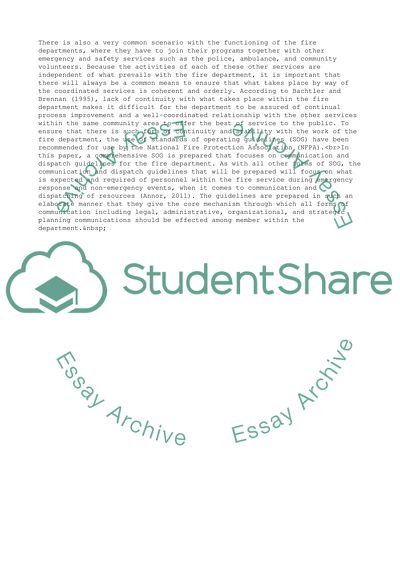Cite this document
(Fires and Human Behaviour Assignment Example | Topics and Well Written Essays - 3000 words, n.d.)
Fires and Human Behaviour Assignment Example | Topics and Well Written Essays - 3000 words. Retrieved from https://studentshare.org/management/1835796-final-project
Fires and Human Behaviour Assignment Example | Topics and Well Written Essays - 3000 words. Retrieved from https://studentshare.org/management/1835796-final-project
(Fires and Human Behaviour Assignment Example | Topics and Well Written Essays - 3000 Words)
Fires and Human Behaviour Assignment Example | Topics and Well Written Essays - 3000 Words. https://studentshare.org/management/1835796-final-project.
Fires and Human Behaviour Assignment Example | Topics and Well Written Essays - 3000 Words. https://studentshare.org/management/1835796-final-project.
“Fires and Human Behaviour Assignment Example | Topics and Well Written Essays - 3000 Words”, n.d. https://studentshare.org/management/1835796-final-project.


